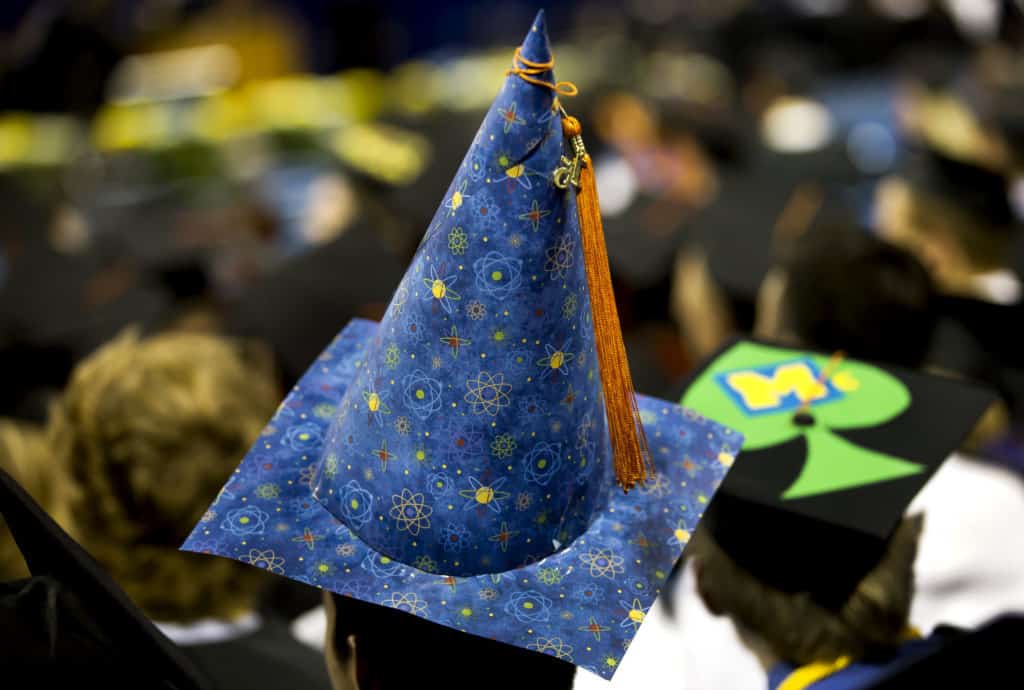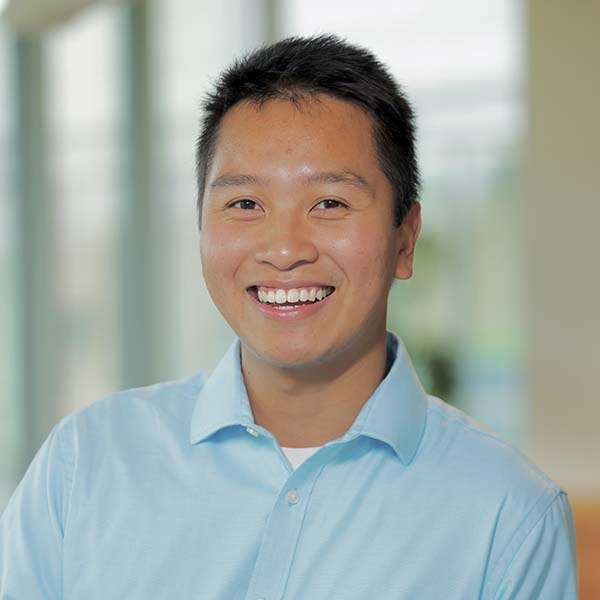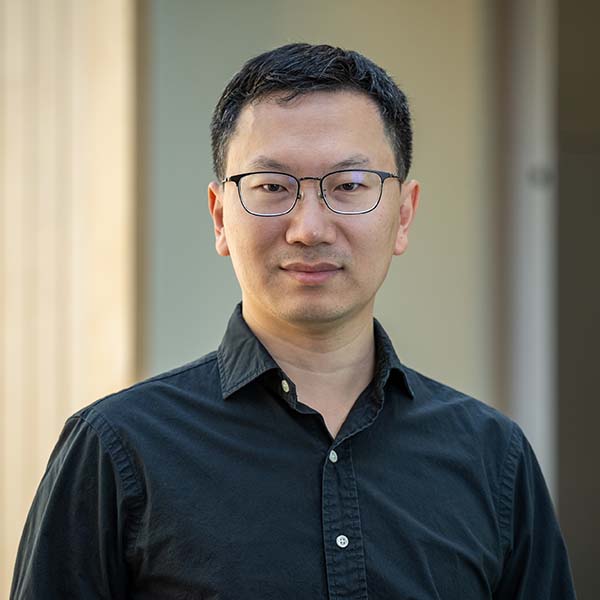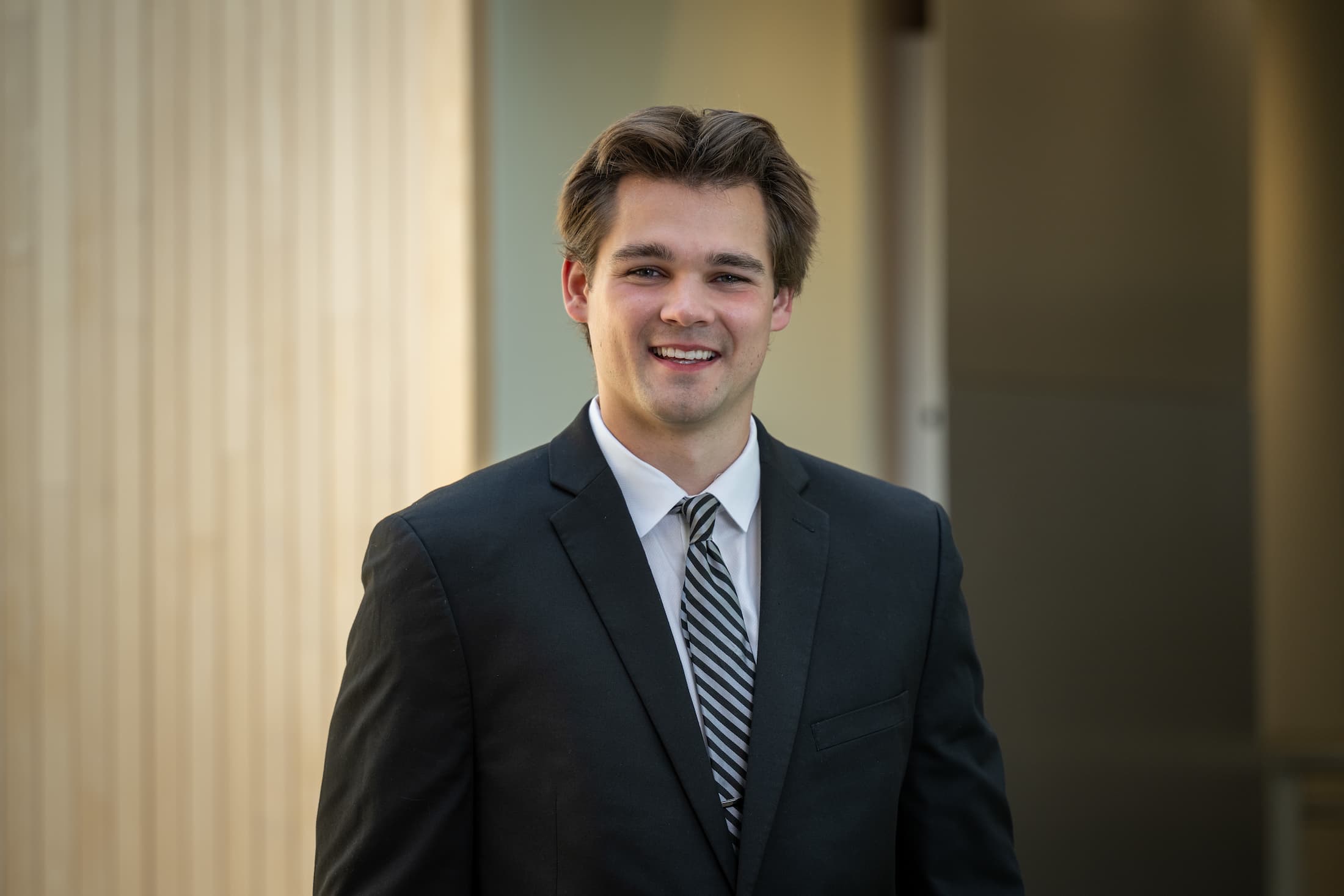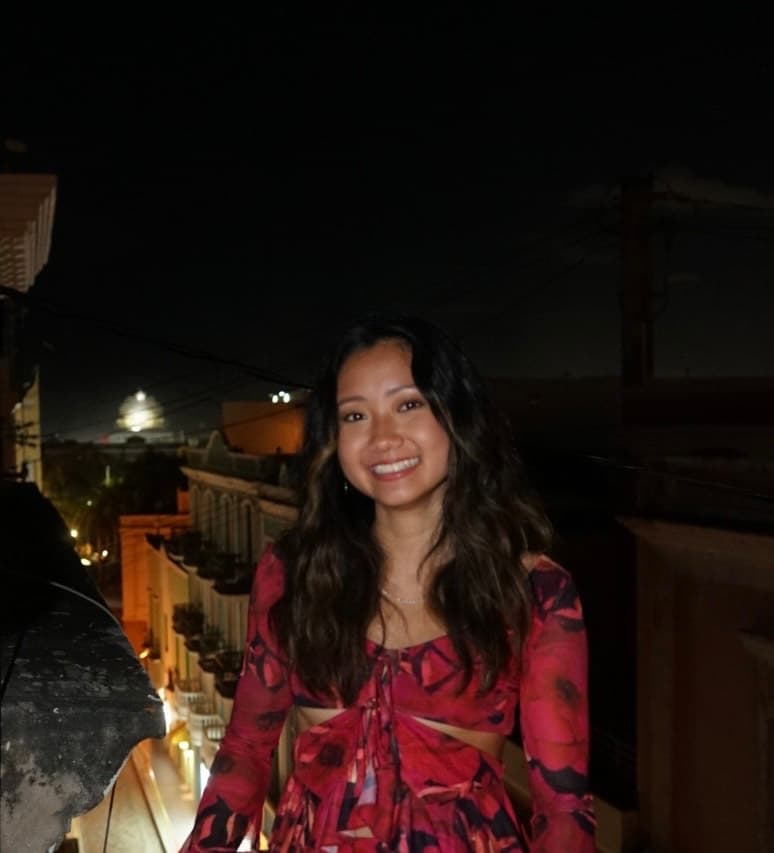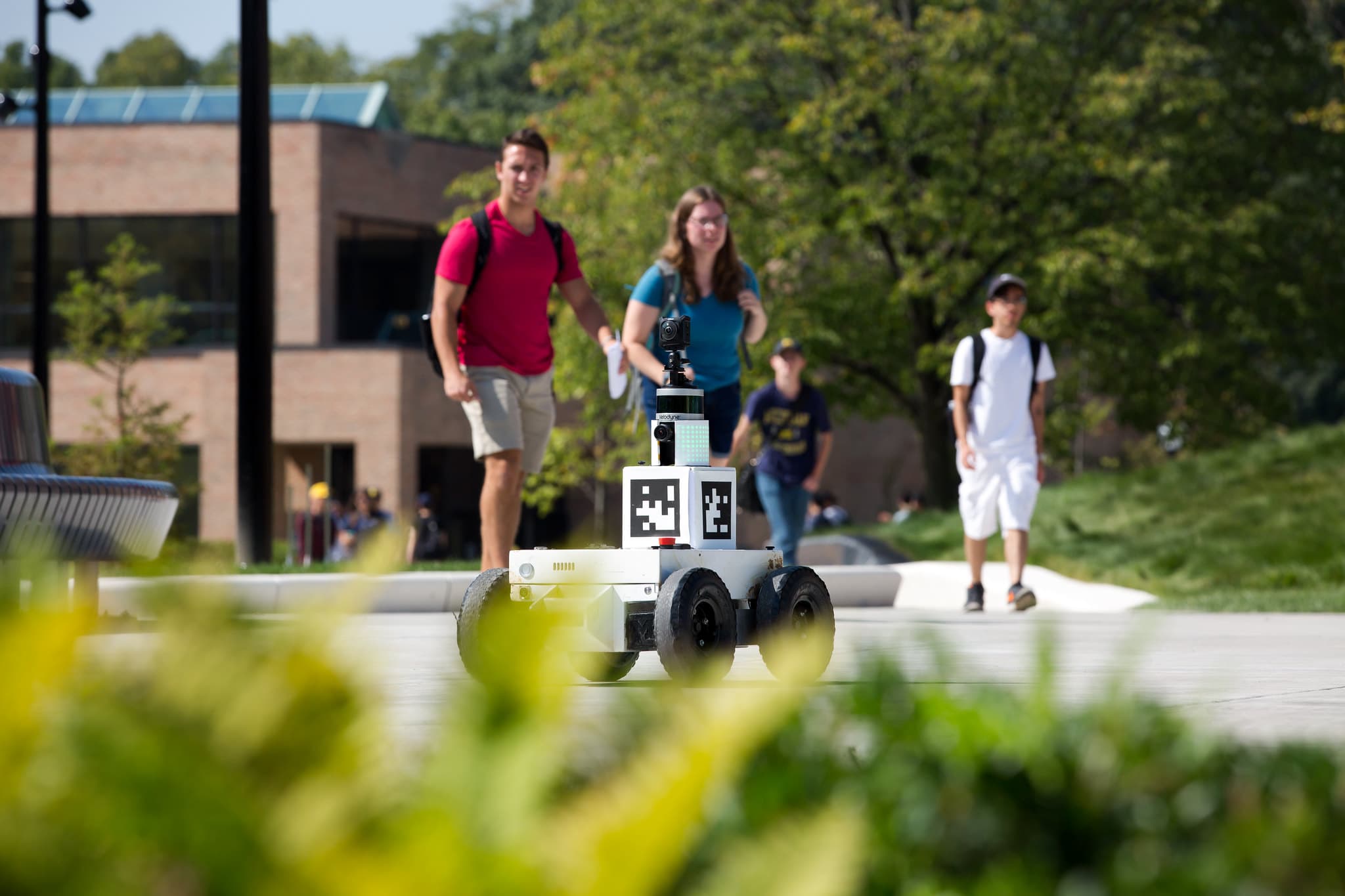
Engineering Physics Undergraduate Program
BSE in Engineering Physics
Related Resources
Our Engineering Physics program equips graduates with the skills to develop advanced technologies by providing a thorough curriculum of engineering courses combined with a physics and mathematics education equivalent to a traditional physics degree.
A unique feature of the curriculum is the focus area or the elective sequence of engineering courses that the student selects in a specialized field. This focus area may follow any traditional engineering discipline or an interdisciplinary field, chosen by the student with the faculty advisor’s approval. Possible fields include energy, microprocessor design, plasma processing, electro-optics, radiological health, computational methods, or bioengineering, to name just a few. With 36 credit hours of math, engineering, and physics, plus 12 credits of general electives, Engineering Physics students have a high degree of flexibility and opportunity for exploring or specializing in fields of interest. Engineering Physics is particularly attractive to those students who may attend graduate school, even if they have not decided on a particular field. An advanced physics and mathematics background coupled with an engineering curriculum is excellent preparation for most graduate programs in engineering, physics or applied physics.
The Engineering Physics program is administered by the Department of Nuclear Engineering and Radiological Sciences, but student focus areas need not be related to the department.
Why Engineering Physics?
Engineering physicists combine advanced physics concepts and engineering expertise to bring ideas to the marketplace. They are primed to find the connection between a new physical phenomenon and its applications. An iconic example of engineering physics at work is the leap forward that transistors brought to computing. Five years after the invention of the transistor, researchers at the University of Manchester, UK, realized that these electrical on-off switches could replace the hotter, slower vacuum tubes of early 1950s computers. Now, millions of transistors are packed into each modern microprocessor.
Many technologies needed a similar stroke of inspiration to find their niche in consumer technologies. For instance, many common medical diagnostic techniques originated in physics laboratories. The inventors of these and other applications – from harnessing nuclear fission for generating electricity to the multifaceted uses of lasers – had to be well-versed in both the fundamental physics and the practicalities of engineering design.
Contacts
For more information on our Engineering Physics Undergraduate Program, please contact Khan Nguyen, our Recruiting and Outreach Coordinator.
Engineering Physics News
EXPLORE THE EP PROGRAM
Visit the U-M College of Engineering’s Majors site to learn more about the Engineering Physics Undergraduate program.
